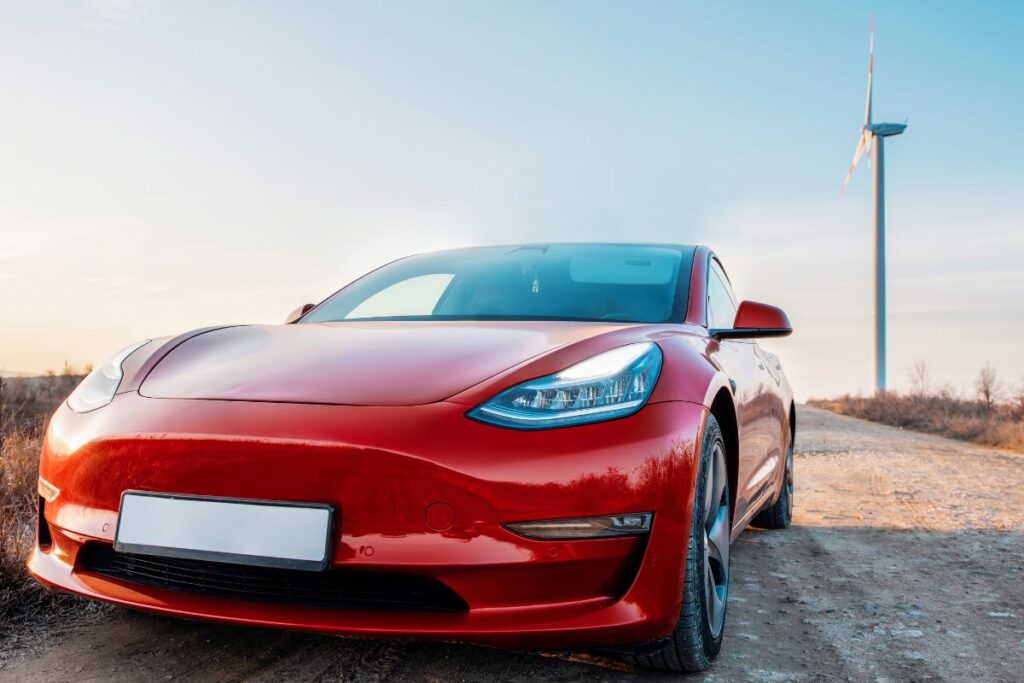Although the average price of an electric vehicle (EV) is higher than that of a gas-powered car, many consumers are eager to pay the premium. According to data, in February, the average selling price of an EV was $52,314, which was 12.8% less than the previous year. Despite this reduction, EVs maintain noticeably higher prices than their gasoline counterparts. However, due to government incentives and lower overall ownership costs, some buyers see these vehicles as smarter long-term investments.
Government Incentives and Reductions
With the continuous push for greener alternatives, the government has launched multiple incentive programs that make the upfront cost of EVs more bearable. Buyers can receive tax credits of up to $7,500 on qualifying purchases, significantly offsetting the initial investment. As a result, some may even find themselves paying similar rates or less for an EV than a comparable gas-powered car.
Willingness to Pay a Premium
A recent study conducted by GBK Collective, a marketing consultancy firm, revealed that potential buyers were willing to spend up to $7,650 more on an EV compared to a conventional gas-powered vehicle. Current EV owners, on the other hand, would happily fork out an additional $10,000. This willingness stems from the belief that despite higher upfront costs, they will ultimately save money through reduced ownership expenses.
Lower Ownership Costs Over Time
While it’s true that gas-powered cars typically come with lower sticker prices, the ongoing costs associated with owning one tend to accumulate over time. On the other hand, EVs offer better efficiency and lower maintenance requirements thanks to their fewer moving parts. As a result, owners stand to save money in the long run. “To the mainstream American driver, the cost of owning a vehicle is one of the most important factors when it comes to what type of car you’ll buy,” said Nick Nigro, founder of Atlas Public Policy.
Comparing Total Ownership Costs
To illustrate this savings over time, consider the Chevrolet Bolt EUV, an electric compact sedan, compared to its gas-powered counterpart, the Toyota Corolla LE. After seven years, the total cost of ownership for the Bolt EUV is $10,500 less than that of the Corolla LE, despite having similar upfront costs. Similarly, the analysis found total ownership cost gaps in other categories such as pickup trucks ($2,825), mid-size SUVs ($4,361), and compact SUVs ($7,099) after seven years.
Charging Infrastructure and Expenses
Although EV owners will need to consider charging options and possibly install a home charging station (which can cost thousands if electrical upgrades are required), the overall ownership expenses still end up being considerably lower than those of gas-powered cars. As EV prices continue to narrow the gap with internal combustion engine vehicles, owners will be able to save even more in the future.
Expanding the Electric Vehicle Market
While the primary reason behind paying a premium for EVs lies in the expectation of lower ownership costs, personal motivations also play a part. Some early adopters were driven by environmental concerns, such as Barry Kresch, president of the organization Drive Electric USA, who purchased a plug-in hybrid Chevrolet Volt back in 2012. He believes that “now that most of the people who wanted an EV for environmental or personal reasons have one, the premium on EVs will be further reduced even as models that appeal to a wider range of drivers become available.”
Competing at Lower Price Points
Tesla, the largest EV manufacturer in the country, recently scrapped plans for an entry-level EV, indicating further delays in offering more affordable electric cars in the market. If and when Tesla decides to launch a lower-priced model, other manufacturers may be forced to compete at more competitive price points.
Gearing Towards a Tipping Point
In the future, combining lower prices, government incentives, and reduced total ownership costs could significantly impact the overall affordability of EVs compared to their gasoline counterparts. This shift might eventually lead to a tipping point in EV adoption. Once people fully experience the potential benefits and savings from driving an EV, it will become increasingly difficult to persuade them otherwise, as many current owners have discovered.
Key Takeaways:
- Electric vehicles often come with higher upfront costs but offer long-term savings through reduced ownership expenses.
- Government incentives play a significant role in offsetting initial investment in EVs.
- As EV prices continue to decrease, they become more attractive options compared to gas-powered vehicles.
- The tipping point in widespread EV adoption could occur as overall affordability is realized.

